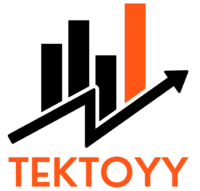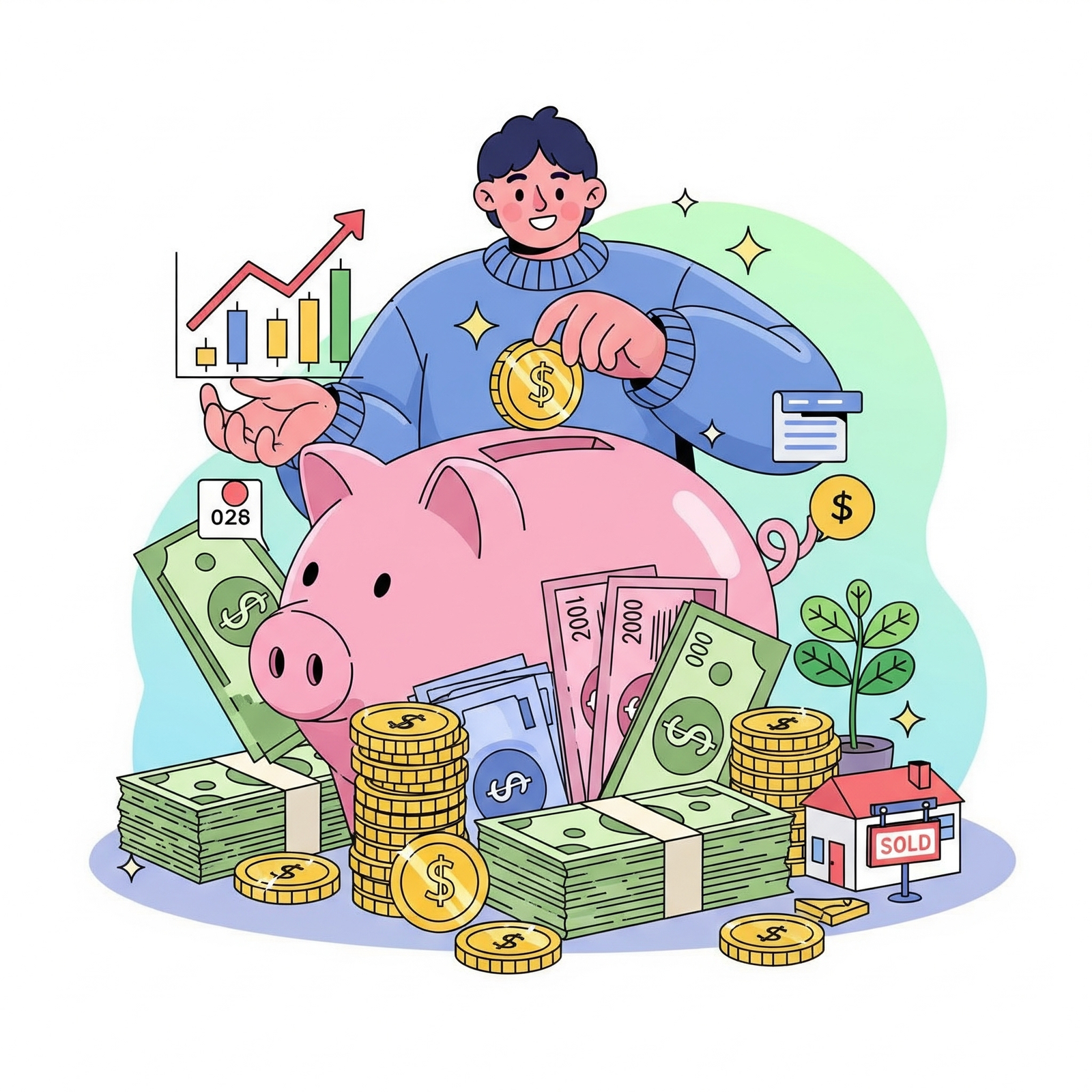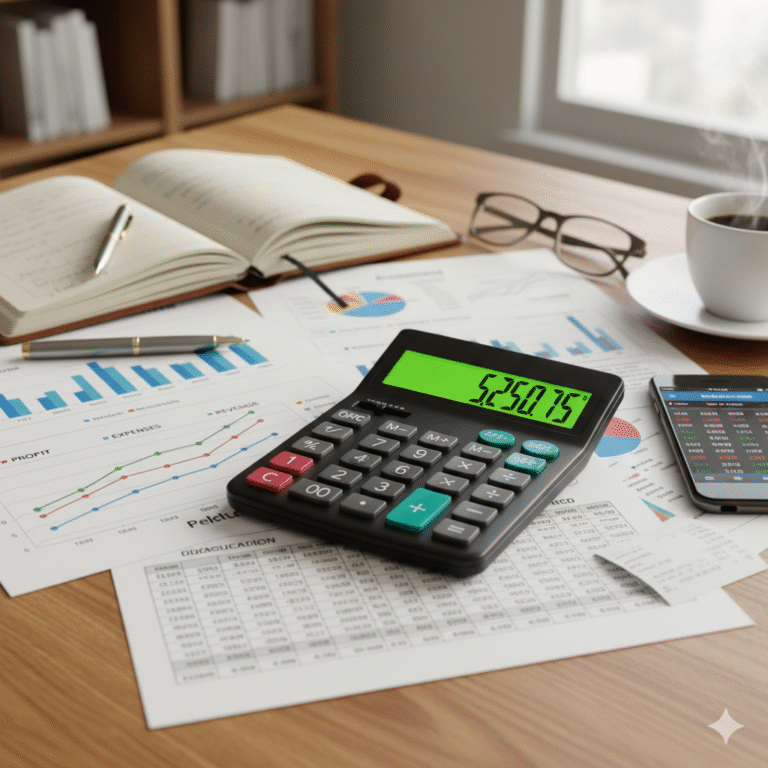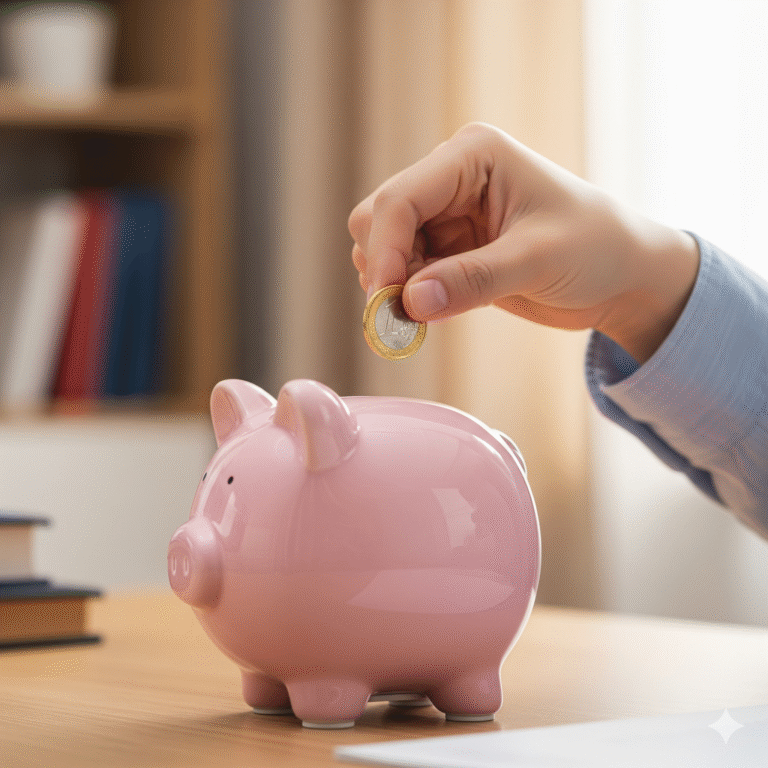In the world of personal finance, we often chase exciting goals: investing in the stock market, saving for a dream home, or planning for a comfortable retirement. But beneath all of these aspirations lies a single, non-negotiable foundation that makes everything else possible: the emergency fund.
Without this financial safety net, an unexpected turn of events—a job loss, a medical crisis, or a sudden home repair—can instantly transform from a manageable inconvenience into a catastrophic debt spiral. It’s the financial firewall that protects your long-term goals from short-term life events.
This guide will walk you through everything you need to know. We’ll cover what an emergency fund is, exactly how much you need to save, where to keep it, and a step-by-step action plan to build yours from scratch, no matter your current financial situation.
What is an Emergency Fund (And Why Is It Non-Negotiable)?
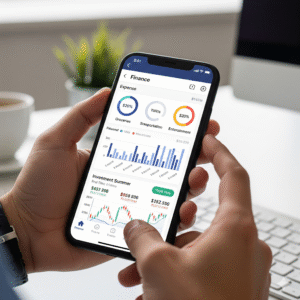
At its core, an emergency fund is a stash of cash reserved for true, unforeseen emergencies. Think of it as your personal financial firefighter. You hope you never have to use it, but if a fire breaks out, you’ll be incredibly grateful it’s there to prevent your entire financial house from burning down.
The primary purpose of an emergency fund is to give you options and peace of mind. It allows you to cover unexpected expenses without derailing your budget, cashing out your investments at a loss, or resorting to high-interest credit card debt. It’s the ultimate defensive tool in your financial playbook.
Having this cash buffer is non-negotiable for three key reasons:
- It Prevents Debt: When your car’s transmission fails, the $3,000 repair bill has to be paid. Without an emergency fund, that charge likely goes on a credit card, where it can accrue 20%+ interest and take years to pay off. With the fund, you simply pay the bill and move on.
- It Reduces Stress: Financial stress is a leading cause of anxiety. Knowing you have a cushion to handle life’s curveballs provides an incredible sense of security and mental well-being.
- It Protects Your Investments: The worst time to sell your investments is when you’re forced to do so during a market downturn. An emergency fund ensures you can leave your long-term investments alone to grow, regardless of what short-term crises arise.
Debunking the Myths: What an Emergency Fund Is NOT For
Just as important as knowing what the fund is for is knowing what it is not for. Misusing these funds can leave you exposed when a real crisis hits. An emergency fund is not a slush fund for discretionary spending.
Your emergency fund should NEVER be used for:
- Planned Vacations: A trip to Hawaii is an amazing goal, but it’s a planned expense, not an emergency.
- Holiday or Birthday Gifts: These occur every year and should be budgeted for separately.
- A Down Payment on a Car or Home: These are major life purchases that require their own dedicated savings plan.
- Non-Essential Shopping: That new TV or designer handbag on sale is a want, not a need.
- Routine Home Maintenance: Predictable costs like repainting a room or servicing your HVAC system should be part of your regular budget.
Confusing these planned expenses with emergencies is a common mistake. The solution is to create separate savings goals for them, often called “sinking funds,” which we’ll touch on later.
The Golden Question: How Much Money Should Be in Your Emergency Fund?

The most common piece of financial advice is to save 3 to 6 months of essential living expenses. This is a fantastic rule of thumb, but your personal target number will depend on your unique circumstances. Let’s break down how to calculate it.
First, define your “essential” expenses. This isn’t your total monthly income; it’s the bare-bones amount you need to survive. Tally up the following costs for one month:
- Housing: Rent or mortgage payment
- Utilities: Electricity, water, gas, internet
- Food: A realistic grocery budget
- Transportation: Car payment, insurance, gas, or public transit costs
- Insurance: Health, auto, and life insurance premiums
- Essential Debt Payments: Student loans, child support, etc.
- Basic Personal Needs: Prescriptions, necessary toiletries
Let’s say your bare-bones monthly survival number is $3,500.
- 3-Month Fund: $3,500 x 3 = $10,500
- 6-Month Fund: $3,500 x 6 = $21,000
So, where do you fall on this spectrum? Consider these factors:
- Job Stability: If you have a very secure government job or are in a high-demand field, you might lean closer to 3 months. If you’re a freelancer, work on commission, or are in a volatile industry, a 6+ month fund is much safer.
- Household Income: In a dual-income household, the loss of one job is cushioned by the other, making a 3-4 month fund potentially adequate. In a single-income household, you carry all the risk, so a 6-month fund is critical.
- Dependents: If you are single with no one relying on you, 3 months might be enough. If you have a spouse, children, or other dependents, your responsibility is greater, and a 6-month fund provides much-needed security.
- Health: If you are young, healthy, and have excellent health insurance, you have less risk. If you or a family member has a chronic health condition, a larger fund is wise to cover unexpected medical bills and potential time off work.
Your 5-Step Action Plan to Building Your Emergency Fund from Scratch
Knowing your target is one thing; reaching it is another. Here is a practical, step-by-step plan.
Step 1: Calculate Your Target Number
Using the framework above, calculate your bare-bones monthly expenses and decide whether a 3, 6, or even 9-month fund is right for you. Write this number down. This is your North Star.
Step 2: Open the Right Kind of Account
Your emergency fund must be kept separate from your regular checking account to avoid accidentally spending it. The best place for it is a High-Yield Savings Account (HYSA). We will cover this in detail in the next section. Open this account now.
Step 3: Start Small and Build Momentum (Your “Starter Fund”)
A target of $20,000 can feel impossibly far away. Don’t let that paralyze you. Your immediate, single-minded goal is to save your first $1,000. This is your “starter” emergency fund. A $1,000 buffer is enough to handle a significant percentage of common emergencies—a new set of tires, a health insurance deductible, an urgent plane ticket—and will give you a massive psychological boost.
Step 4: Automate Your Savings Like Clockwork
The secret to successful saving is consistency, and the secret to consistency is automation. Set up an automatic transfer from your checking account to your new HYSA every single payday. Even if it’s just $25 or $50 to start, the key is to make it happen without you thinking about it. Treat this transfer like any other bill. This “pay yourself first” strategy is the most effective way to build savings over time.
Step 5: Aggressively Grow Your Fund
Once your automation is in place, look for ways to accelerate your progress toward your fully-funded goal.
- Analyze Your Budget: Track your spending for a month. Where can you cut back? Fewer dinners out? Cancel unused subscriptions? Redirect that money straight to your emergency fund.
- Dedicate Windfalls: Any unexpected money you receive—a tax refund, a work bonus, a cash gift—should go directly into your emergency fund until it’s fully funded.
- Increase Your Income: Consider a temporary side hustle like food delivery, freelance writing, or pet sitting, and dedicate 100% of those earnings to your emergency fund. A few extra hundred dollars a month can dramatically shorten your timeline.
Where to Keep Your Emergency Fund: The Balance of Safety and Access
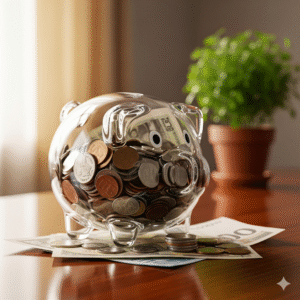
The right account for your emergency fund must meet three criteria:
- It must be safe: The principal cannot lose value.
- It must be liquid: You must be able to access the money quickly (within 1-3 days).
- It must be separate: It should not be co-mingled with your daily spending money.
Here are the best and worst options:
- The Best Option: High-Yield Savings Account (HYSA): This is the gold standard. HYSAs are typically offered by online banks, are FDIC-insured up to $250,000 (meaning your money is safe), and offer interest rates that are significantly higher than traditional brick-and-mortar banks. They meet all three criteria perfectly.
- A Good Alternative: Money Market Account: These are similar to HYSAs, are also FDIC-insured, and offer competitive interest rates. They sometimes come with a debit card or check-writing privileges, which can be a pro or a con depending on your self-discipline.
- What to Avoid:
- Your Regular Checking Account: The money is too easy to spend on non-emergencies.
- The Stock Market: Your emergency fund is your insurance, not an investment. The market is too volatile; you could be forced to sell at a huge loss during a crisis.
- Certificates of Deposit (CDs): While safe, your money is locked up for a specific term, and you’ll face penalties for early withdrawal, making them insufficiently liquid for emergencies.
When to Use Your Emergency Fund: Defining a True Emergency
Before you withdraw a single dollar, ask yourself these three questions:
- Is it unexpected? (A routine car inspection is expected; a sudden engine failure is not).
- Is it necessary? (A burst pipe is necessary to fix; a kitchen remodel is not).
- Is it urgent? (A medical emergency is urgent; planning for a future vacation is not).
If the answer to all three is “yes,” it’s likely a legitimate use of your fund. Examples of valid emergencies include job loss, an unexpected medical or dental bill, an urgent and essential home repair, a major car repair, or emergency travel for a family crisis.
I Used My Emergency Fund… Now What? The Replenishment Plan

Dipping into your fund can feel defeating, but don’t be discouraged! This is exactly what it was for. It did its job. Now, your top financial priority is to replenish it.
- Pause Other Goals: Temporarily reduce contributions to your investment accounts (beyond any employer match) or other savings goals.
- Create a Refill Plan: Re-engage the aggressive saving strategies you used to build it initially. Cut expenses, pick up extra hours, and direct all available cash flow to refilling the fund.
- Resume Normal Operations: Once the fund is back to your target level, you can resume your regular investing and saving strategy.
What Comes First: Paying Off Debt or Building an Emergency Fund?
This is a classic personal finance dilemma. If you have high-interest credit card debt, every dollar you put into savings is a dollar you’re not using to fight a 20%+ interest rate. However, without any savings, any small emergency will just send you deeper into debt.
The most balanced and effective approach is a hybrid model:
- Step 1: Save a Starter Emergency Fund. Your first goal is to save $1,000 to $2,000 as quickly as possible. This small buffer will protect you from minor crises while you tackle your debt.
- Step 2: Aggressively Attack High-Interest Debt. Once you have your starter fund, throw every available dollar at your debts with the highest interest rates (like credit cards) using the avalanche or snowball method.
- Step 3: Fully Fund Your Emergency Fund. After your high-interest debt is eliminated, shift your focus back to building your emergency fund up to your full 3-6 month target.
- Step 4: Tackle Low-Interest Debt and Invest. With a full emergency fund and no high-interest debt, you can now confidently tackle lower-interest debt (like student loans or a mortgage) and ramp up your investing.
Your First Step Toward True Financial Security
An emergency fund is more than just a savings account; it’s the foundation upon which your entire financial future is built. It is your shield in bad times and the secure platform from which you can confidently build wealth in good times.
The journey to a fully-funded emergency fund may seem long, but it starts with a single step. Calculate your number, open your account, and automate your first transfer today. Whether it’s $10 or $100, the most important thing is to start now. Your future self will be profoundly grateful you did.
